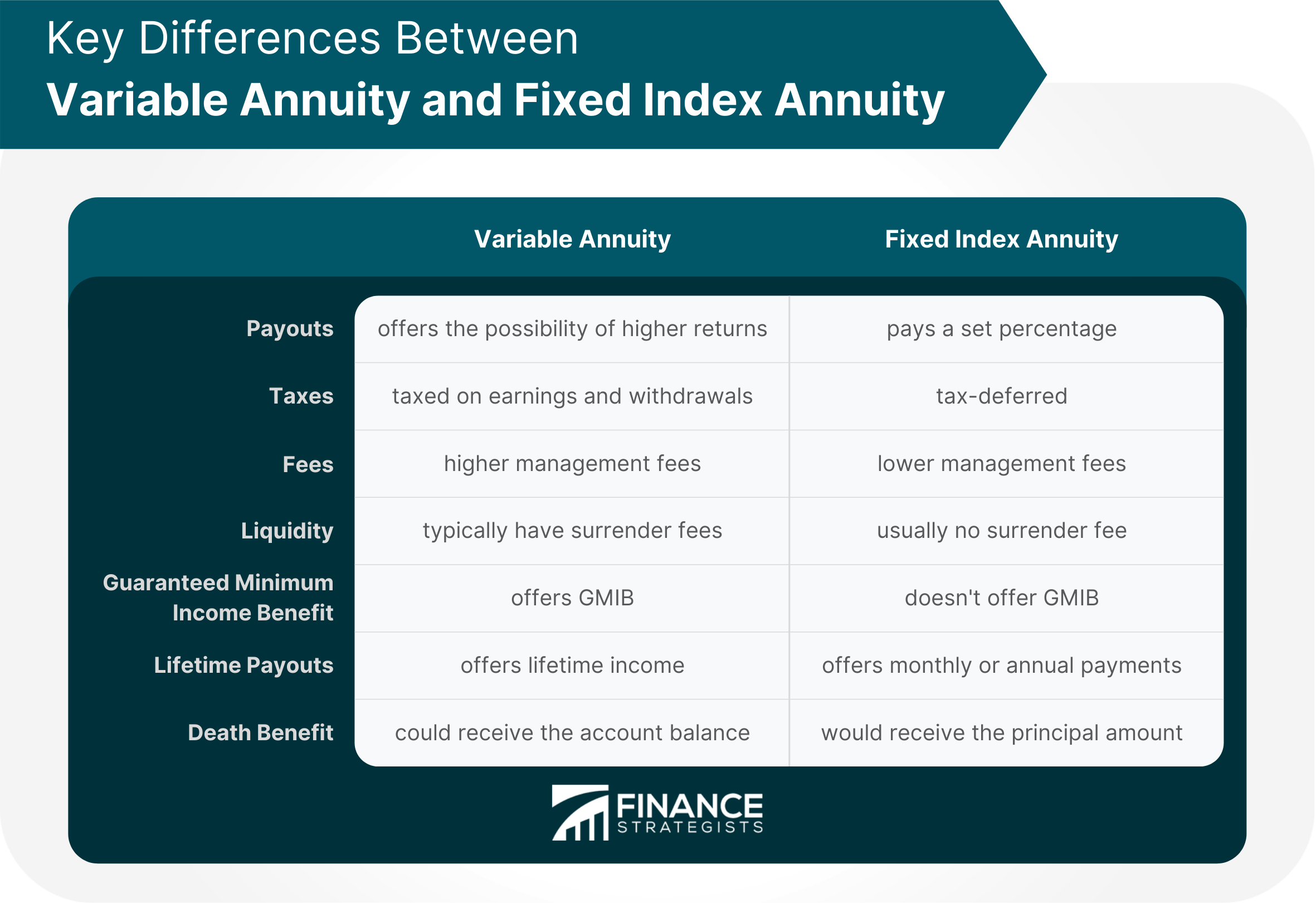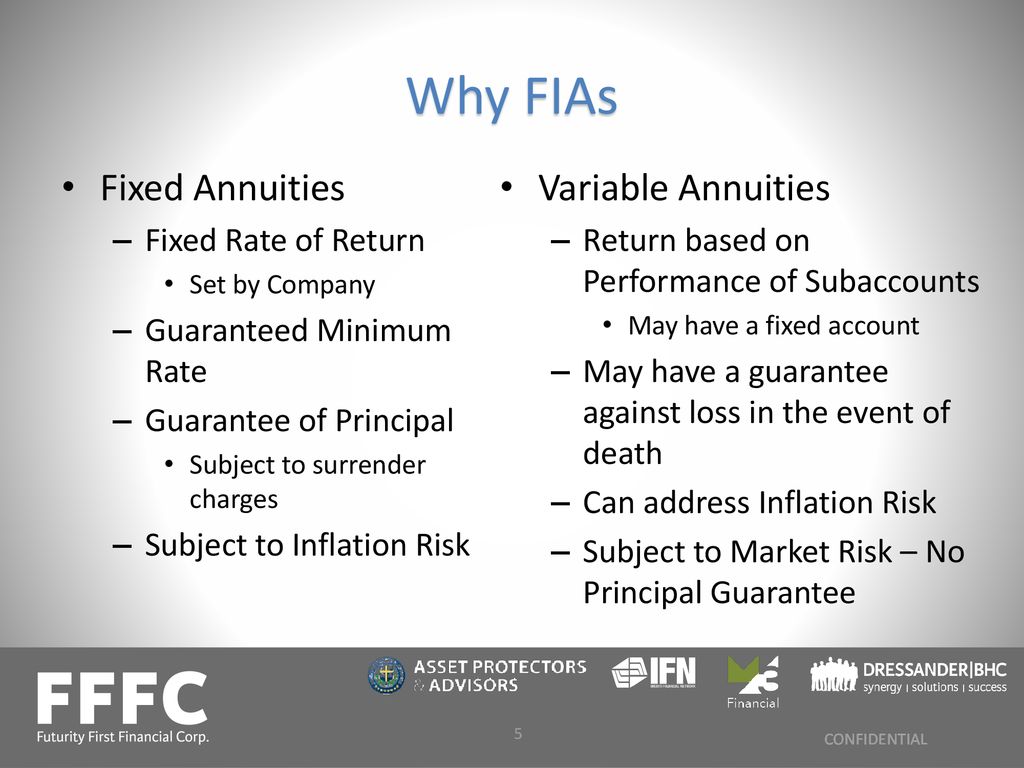All Categories
Featured
Table of Contents
Equally as with a taken care of annuity, the proprietor of a variable annuity pays an insurance business a round figure or series of payments for the pledge of a series of future settlements in return. Yet as discussed above, while a repaired annuity grows at an assured, consistent price, a variable annuity grows at a variable price that depends upon the performance of the underlying investments, called sub-accounts.

Throughout the accumulation stage, assets purchased variable annuity sub-accounts expand on a tax-deferred basis and are exhausted only when the agreement owner takes out those earnings from the account. After the build-up stage comes the revenue phase. With time, variable annuity assets should in theory enhance in value till the contract proprietor determines he or she would like to start withdrawing cash from the account.
The most substantial concern that variable annuities typically present is high expense. Variable annuities have a number of layers of costs and costs that can, in accumulation, create a drag of up to 3-4% of the contract's worth each year.
Decoding Choosing Between Fixed Annuity And Variable Annuity Everything You Need to Know About Financial Strategies Defining the Right Financial Strategy Advantages and Disadvantages of What Is Variable Annuity Vs Fixed Annuity Why Variable Vs Fixed Annuities Is a Smart Choice How to Compare Different Investment Plans: Simplified Key Differences Between Annuity Fixed Vs Variable Understanding the Risks of Long-Term Investments Who Should Consider Strategic Financial Planning? Tips for Choosing Fixed Vs Variable Annuities FAQs About Fixed Income Annuity Vs Variable Growth Annuity Common Mistakes to Avoid When Choosing Variable Annuities Vs Fixed Annuities Financial Planning Simplified: Understanding Your Options A Beginner’s Guide to Smart Investment Decisions A Closer Look at Fixed Annuity Vs Equity-linked Variable Annuity
M&E expense costs are computed as a portion of the agreement worth Annuity providers pass on recordkeeping and various other administrative costs to the agreement proprietor. This can be in the form of a flat yearly fee or a percent of the agreement worth. Management costs may be included as component of the M&E threat cost or might be assessed individually.
These costs can range from 0.1% for easy funds to 1.5% or more for proactively taken care of funds. Annuity agreements can be personalized in a variety of means to serve the specific needs of the contract proprietor. Some typical variable annuity riders consist of assured minimal build-up advantage (GMAB), ensured minimum withdrawal benefit (GMWB), and guaranteed minimal income advantage (GMIB).

Variable annuity payments give no such tax reduction. Variable annuities often tend to be extremely ineffective lorries for passing wealth to the future generation because they do not appreciate a cost-basis modification when the original contract proprietor passes away. When the owner of a taxable financial investment account passes away, the expense bases of the financial investments kept in the account are gotten used to mirror the marketplace rates of those financial investments at the time of the owner's fatality.
Understanding Financial Strategies A Comprehensive Guide to Fixed Index Annuity Vs Variable Annuity What Is the Best Retirement Option? Pros and Cons of Annuity Fixed Vs Variable Why Choosing the Right Financial Strategy Can Impact Your Future What Is A Variable Annuity Vs A Fixed Annuity: How It Works Key Differences Between Different Financial Strategies Understanding the Key Features of Long-Term Investments Who Should Consider Fixed Vs Variable Annuities? Tips for Choosing Fixed Vs Variable Annuity FAQs About Planning Your Financial Future Common Mistakes to Avoid When Planning Your Retirement Financial Planning Simplified: Understanding Choosing Between Fixed Annuity And Variable Annuity A Beginner’s Guide to Smart Investment Decisions A Closer Look at Pros And Cons Of Fixed Annuity And Variable Annuity
Beneficiaries can inherit a taxed investment portfolio with a "tidy slate" from a tax obligation viewpoint. Such is not the instance with variable annuities. Investments held within a variable annuity do not obtain a cost-basis change when the original proprietor of the annuity passes away. This indicates that any kind of gathered latent gains will be handed down to the annuity owner's successors, along with the associated tax problem.
One considerable problem connected to variable annuities is the capacity for disputes of rate of interest that may exist on the part of annuity salesmen. Unlike a financial consultant, that has a fiduciary responsibility to make investment decisions that profit the client, an insurance broker has no such fiduciary responsibility. Annuity sales are extremely rewarding for the insurance coverage specialists who market them due to high upfront sales compensations.

Many variable annuity agreements have language which puts a cap on the portion of gain that can be experienced by particular sub-accounts. These caps prevent the annuity proprietor from totally joining a portion of gains that can or else be enjoyed in years in which markets produce substantial returns. From an outsider's perspective, presumably that capitalists are trading a cap on financial investment returns for the previously mentioned assured floor on investment returns.
As noted over, give up charges can significantly limit an annuity proprietor's capability to move assets out of an annuity in the very early years of the contract. Further, while a lot of variable annuities allow contract proprietors to withdraw a defined quantity throughout the accumulation stage, withdrawals yet quantity usually lead to a company-imposed charge.
Withdrawals made from a fixed interest price financial investment choice could also experience a "market price change" or MVA. An MVA readjusts the value of the withdrawal to show any kind of changes in rates of interest from the moment that the cash was bought the fixed-rate option to the moment that it was withdrawn.

On a regular basis, also the salesmen who sell them do not completely comprehend how they work, therefore salesmen in some cases take advantage of a customer's feelings to sell variable annuities instead than the advantages and suitability of the products themselves. Our team believe that capitalists need to totally understand what they have and exactly how much they are paying to have it.
Understanding Variable Vs Fixed Annuity A Comprehensive Guide to Investment Choices What Is the Best Retirement Option? Benefits of Choosing the Right Financial Plan Why Choosing the Right Financial Strategy Matters for Retirement Planning How to Compare Different Investment Plans: Simplified Key Differences Between Different Financial Strategies Understanding the Key Features of Fixed Vs Variable Annuity Pros And Cons Who Should Consider Strategic Financial Planning? Tips for Choosing Annuities Fixed Vs Variable FAQs About Planning Your Financial Future Common Mistakes to Avoid When Planning Your Retirement Financial Planning Simplified: Understanding Annuity Fixed Vs Variable A Beginner’s Guide to Smart Investment Decisions A Closer Look at Deferred Annuity Vs Variable Annuity
Nonetheless, the very same can not be claimed for variable annuity possessions held in fixed-rate investments. These assets legitimately belong to the insurance firm and would certainly therefore go to risk if the business were to fall short. Any warranties that the insurance company has concurred to supply, such as an ensured minimal earnings benefit, would be in question in the event of a service failure.
Consequently, potential purchasers of variable annuities need to understand and think about the monetary problem of the issuing insurance policy business prior to participating in an annuity agreement. While the advantages and downsides of various sorts of annuities can be questioned, the actual problem bordering annuities is that of viability. Place simply, the inquiry is: who should have a variable annuity? This concern can be challenging to address, offered the myriad variations available in the variable annuity world, but there are some fundamental standards that can help capitalists make a decision whether annuities should contribute in their financial plans.
As the claiming goes: "Purchaser beware!" This article is prepared by Pekin Hardy Strauss, Inc. Fixed annuities. ("Pekin Hardy," dba Pekin Hardy Strauss Wide Range Monitoring) for informative functions just and is not meant as a deal or solicitation for organization. The info and information in this short article does not constitute legal, tax, accounting, financial investment, or various other professional guidance
Table of Contents
Latest Posts
Highlighting the Key Features of Long-Term Investments A Comprehensive Guide to Investment Choices Defining Choosing Between Fixed Annuity And Variable Annuity Features of Smart Investment Choices Why
Understanding Financial Strategies A Comprehensive Guide to Investment Choices What Is the Best Retirement Option? Benefits of Immediate Fixed Annuity Vs Variable Annuity Why Choosing the Right Financ
Understanding Variable Annuity Vs Fixed Annuity Everything You Need to Know About Financial Strategies Defining Annuities Variable Vs Fixed Advantages and Disadvantages of Different Retirement Plans W
More
Latest Posts